Check the 22 Advantages and 10 Disadvantages of the SaaS(Software-as-a-service) from the customer/user and entrepreneur/developers view. Shared In-depth SaaS Pros and Cons with examples.
Companies based on the SaaS model provide cloud-based applications to its customers on a subscription basis to generate profit. Companies follow a SaaS framework in order to reduce costs, increase accessibility, improve customer satisfaction and expand their financial success.
In this article, we’ll learn about the definition of the SaaS i.e Software-as-a-Service, and will delve into the advantages and disadvantages of this model from an entrepreneur’s as well as a consumer’s point of view.
Software-as-a-Service, The SaaS i.e Software-as-a-Service Model, is a new business plan to make money by offering cloud-based programs to potential customers.
In this model, the user can access SaaS applications from anywhere just by using an internet network that also from any device, which makes the SaaS model more advantageous than pre-existing software business models.
But in SaaS, The software provider plays the main role in terms of building, installing, configuring, and updating the application.
And in order to make a profit, SaaS entrepreneurs rent their software on a subscription basis to make monthly and yearly payments on the product over a long period which makes more profit than purchasing it outright.
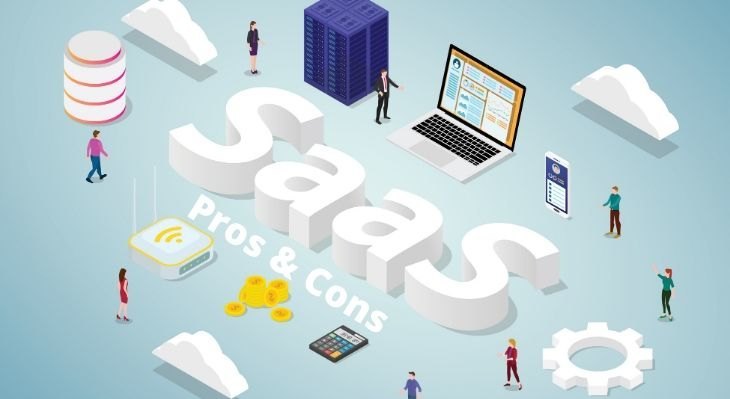
Let’s Start!!
What is SaaS
SaaS full form is a software as a service, It is a cloud-based software developing, serving, and, accessing technology. In which developers create an application that is easily accessible on the Internet without downloading.
Right now in our daily life is biggest examples of SaaS are Google applications such as Gmail, sheets, documents and Slack, Asana, Trello or else.
Here Are Some More Saas Websites : Best SaaS Website of 2022
SaaS applications are accessible through mobile, laptops, or any kind of devices. In the same time frame, multiple users can access the SaaS and make changes to it.
The difference between the SaaS and Installed software is that you are watching Money Heist TV shows on Netflix or you have purchased all the DVDs of the Money Heist season.
Types of SaaS.
SaaS Models
According to NIST [National Institute of Standards Technology], Entrepreneurs can implement any one of these four different SaaS models:-
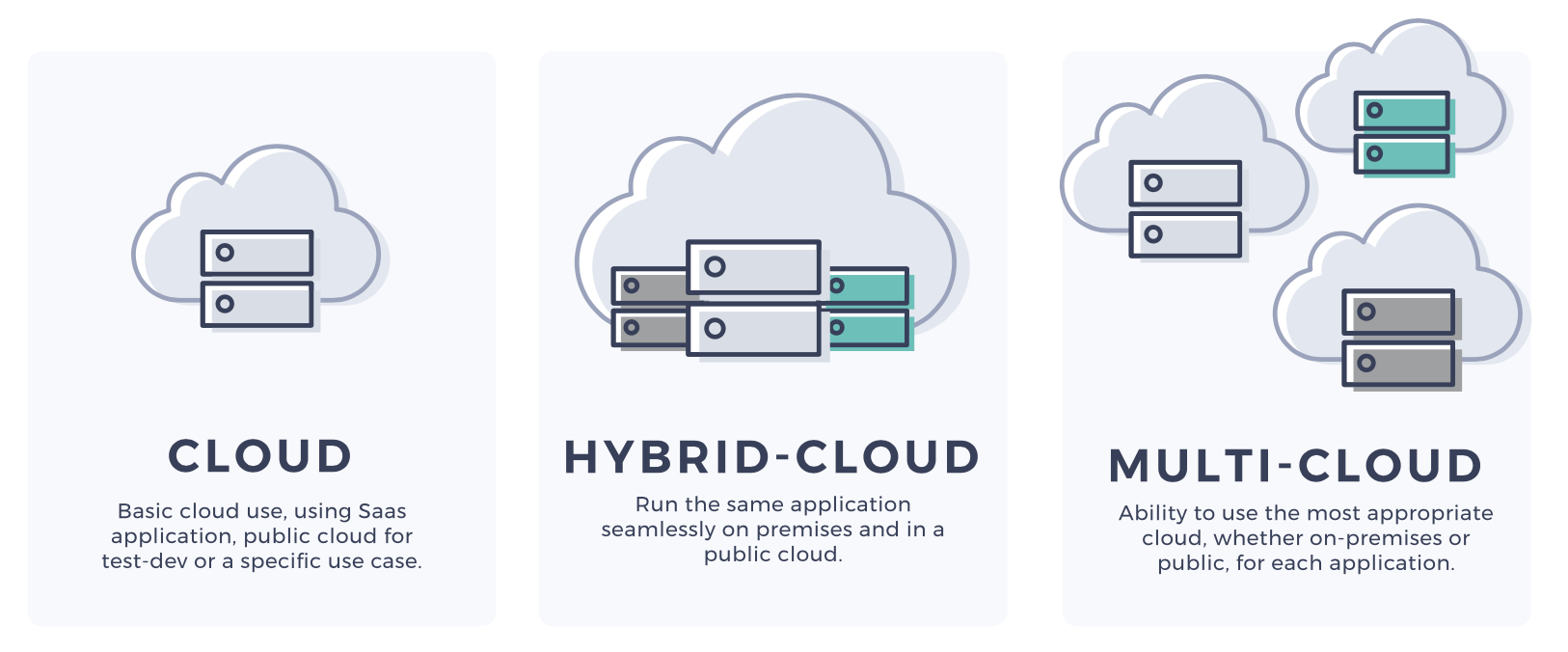
Want To Know More About Saas?
1. Private Cloud:
Cloud Software is built on infrastructure that is wholly owned, managed, or operated by a private entity. Private SaaS providers may provide more assistance and keep the infrastructure up to date in terms of security, scalability, customization, and a variety of other aspects.
For Example HP Data Centers, Microsoft, Elastra-Private Cloud, and Ubuntu.
2. Public Cloud:
Cloud Software is built on infrastructure that is open by the public and owned, managed, or operated by businesses, and government institutions.
The goal of Public Cloud solutions is to simplify things for users. The Public Cloud provider takes care of hosting, upkeep, updates, and everything else required to deliver their software solution.
For Example Amazon Web Services(AWS), Microsoft Azure, IBM, and Digital Ocean.
3. Multi-Cloud
When multiple cloud services are being used without relationships and integrations with one another then that environment is termed as Multi-Cloud.
It further refers to the simultaneous usage of many public cloud services from several suppliers inside a single architecture. A company may, for instance, utilize Microsoft Azure for disaster recovery, AWS for data storage, and Google Cloud Platform for development and testing.
The multi-cloud architecture is typically used because a single provider cannot properly satisfy all of an enterprise’s demands.
For Example Google Drive, and Dropbox.
4. Hybrid Cloud:
Cloud Software that is primarily built on one type of infrastructure but has the ability to switch to another type on user demand or which includes a combination of the local server and cloud computing is termed Hybrid Cloud.
In order to give the advantages of SaaS with greater security and user control, Hybrid Cloud integrates SaaS solutions with an on-premise software application. Through the cloud, which is hosted by the software provider, the functional elements of the software are displayed.
For Example AWS Outposts, Azure Stack, Azure Arc, Google Anthos, and VMware Cloud on AWS.
SaaS has lots of benefits for businesses, particularly in terms of flexibility and cost-savings. The employees may concentrate on other priorities when SaaS companies handle the tedious activities like installing, managing, and updating software.
Continue reading to find out more about SaaS, its advantages for businesses, potential drawbacks, typical use cases, and new technologies.
There are we have shared both Entrepreneur and Customer View Point towards SaaS.
We have Listed:
Entrepreneur View:
- 14 Advantages
- 5 Disadvantages
Customer View:
- 8 Advantages
- 5 Disadvantages
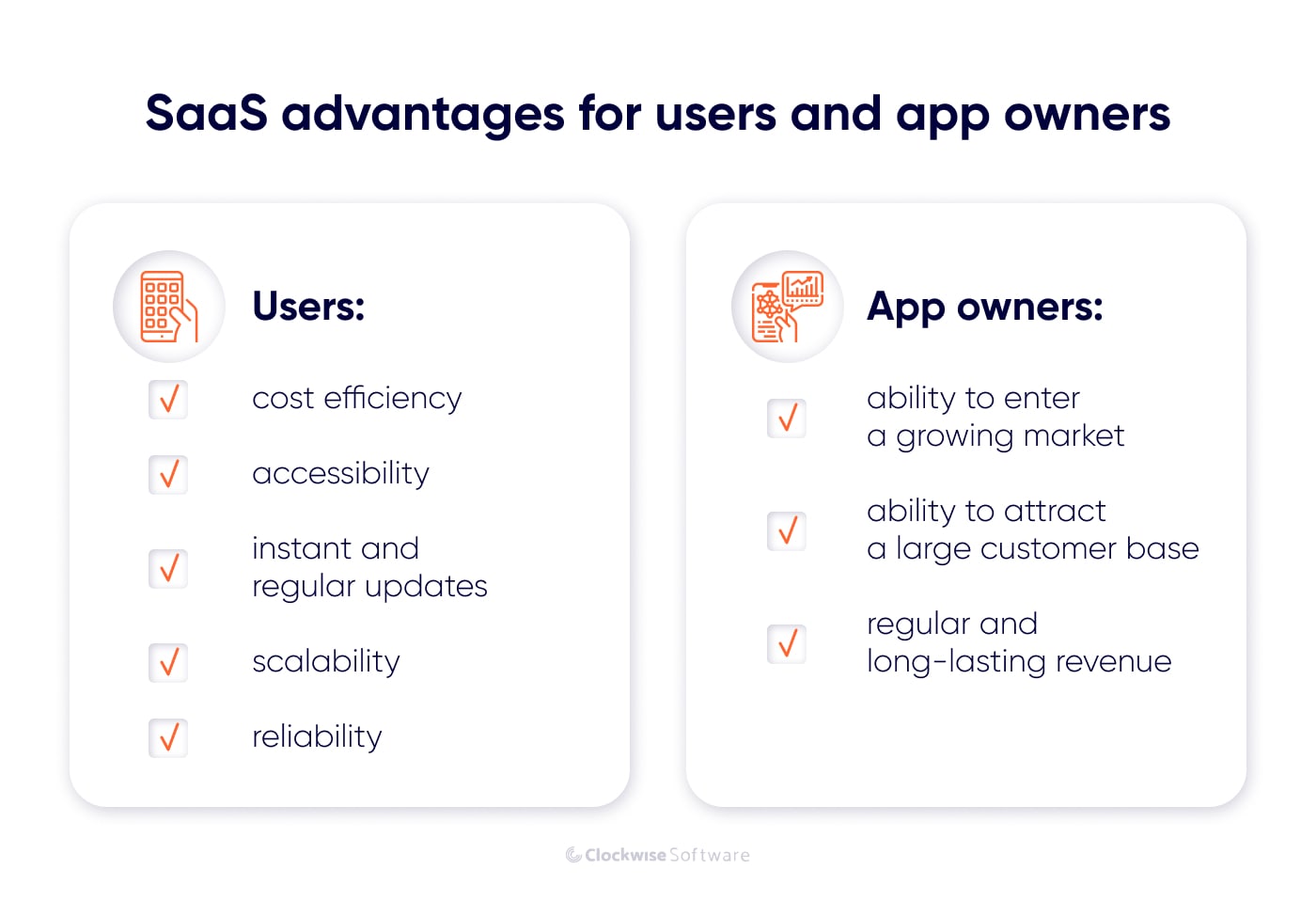
From an entrepreneur’s Point of View
Advantages of SaaS Business Model
1. Cost Savings
A customer may be required to pay significant license fees and other up-front expenditures if they choose to purchase a conventional form of on-premise software installation. For small and new enterprises with limited resources, this might be difficult.
By using a SaaS, you may cut down on the expense of servers, which not only costs money but also necessitates hours of upkeep from your IT personnel. Public or private cloud services can be used to replace physical infrastructure needed to maintain products, and save money and physical space. As a result, since the service provider manages infrastructure, software license charges, maintenance, and hardware upgrades, you no longer have to worry about them.
SaaS business goods are frequently more cost-effective and practical for customers because renting pricey software via a subscription entails less financial risk than purchasing it outright.
Additionally, the supplier installs, configures, and maintains programs for customers who purchase SaaS. Clients can hire experts to build and maintain the application on their behalf and save money in the process if they lack the resources or knowledge to do so.
Because SaaS products operate in a shared, multi-tenant environment, all users contribute to the cost of updates and maintenance, helping to finance a high-quality product. Because SaaS technology may be temporarily rented if it is only briefly needed, even large enterprises can profit from it.
2. Easily Deployable
One of the things that appeal to decision-makers is the simplicity of SaaS setup and access. SaaS solutions are already available, and implementation times are very short. Additionally, because they are frequently quite flexible, it is possible to adhere as closely as possible to user needs and to immediately adopt solutions.

3. Low Investment
Since SaaS typically exists in a shared or multi-tenant with an environment with lower hardware and software license costs than the traditional approach, it can result in advantageous cost savings.
Since SaaS enables small and medium-sized enterprises to use software that they otherwise would not use owing to the high cost of licensing, you may quickly expand your customer base. Since the environment is owned by the SaaS provider and shared by all users of the application, maintenance expenses are also decreased.
4. Free Trials
Businesses can typically take part in free product trials with SaaS models. Customers can test out a program for free for a day and during these times to decide if they want to sign up and pay for a subscription.
The ability to test a product out before spending money on it appeals to prospective customers because it reduces risk and increases return on investment. Consumers can decide whether a product is suitable for their needs after using a free trial. Businesses using SaaS that provide this perk can increase lead generation and grow their clientele.
5. Cash Flow –
SaaS business models actually boost consumers and suppliers’ cash flow. The quantity of money coming into and leaving a business is known as cash flow.
Access to a sizable amount of liquid assets in the form of cash can help businesses buy goods, settle debts, make investments, and generally continue operating. Business customers can have more cash flow because SaaS subscriptions require a fixed monthly payment rather than a large upfront investment. They can make quick judgments and secure long-term financial success thanks to having operating capital.
For commercial service providers, a SaaS structure offers the possibility of recurring revenue, or a consistent and predictable revenue stream.
This offers businesses the confidence that they can make enough money to pay their bills and continue operating. A company can get even more crucial money by attracting and retaining investors thanks to its financial stability.
As customers are often more likely to support a firm on a subscription basis, it can also increase customer retention rates.
6. Flexibility
SaaS solutions give customers a great deal of flexibility by letting them only pay for the product when they use it. For customers with variable financial circumstances, businesses may provide a variety of personalized payment plans with several tiers.
Customers can usually start and stop using a service based on their goals because subscriptions are typically easy to sign up for and cancel. When necessary, they can also upgrade or downgrade services to include additional features.
7. Convenience
Customers benefit from the convenience of SaaS products because the providers themselves handle IT development.
New software can be swiftly adopted by staff members, who can then use it to do duties right away. SaaS providers resolve technical problems, take care of time-consuming technical duties, and maintain data security so that customers may concentrate and allocate valuable work hours to more important goals.
Customers can typically access current, useful programs by simply opening and signing into them after connecting to the internet. This quick, simple access saves the client time and effort and does not require them to have IT knowledge.
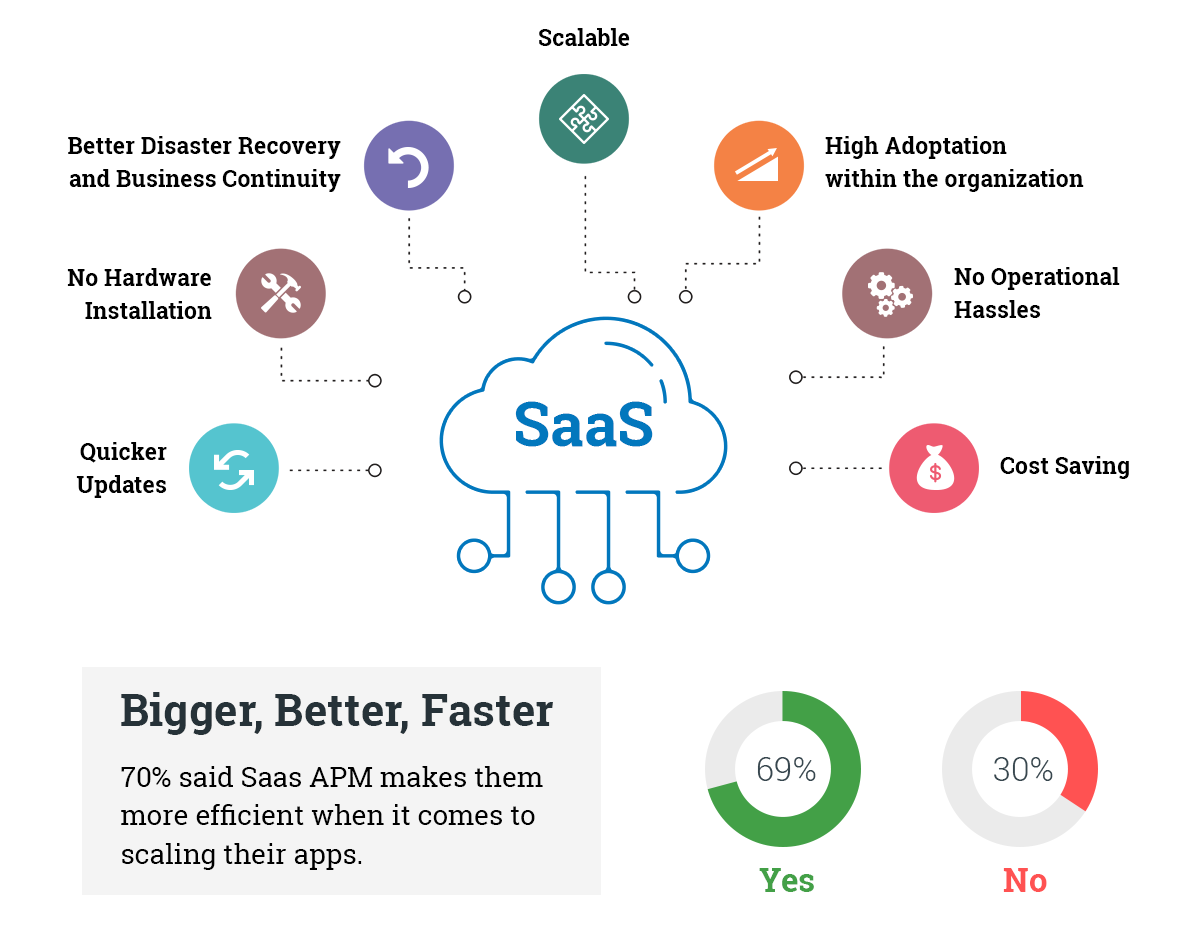
8. Engagement –
Especially for small and medium-sized firms, a SaaS business model can make goods and services more affordable and accessible, boosting consumer engagement rates and revenue levels.
Customers frequently desire to interact more with technologies in the cloud that they can access at any time and from any location. Employees are able to utilize these tools remotely and autonomously, and they enable real-time communication and revisions.
9. Continuous Updates –
With SaaS, the update in question takes place on the provider’s end, so you won’t have to worry about consuming a lot of time downloading patches and installing them. When compared to the conventional paradigm, which typically requires you to purchase an upgrade package and install it, upgrades and new releases are less expensive and require less effort.
The SaaS model makes it simpler to update software often because the provider is in charge of these upgrades. This can be especially helpful for businesses that don’t have enough IT personnel to accomplish these jobs.
To ensure that a product remains relevant to current customer needs, some suppliers release new versions of their products every six to twelve months, or even more frequently. This is a chance for software providers to improve their offerings over time, capitalize on changes and trends in consumer markets, and maintain client satisfaction.
By just clicking a button, customers can easily update to the most recent versions and have access to bug fixes and new features as soon as they become available.
10. Data Security –
Team members of a software provider are professionals in Software Development and its programs are necessary for protecting client data.
With the aid of technologies like multi-factor authentication and anti-phishing programs, advances in cloud technology provide customers with high-quality data security solutions. Customers that use SaaS models can access and backup data on internet servers from a variety of devices.
11 Accessibility –
SaaS software is available at all times and locations and It is one of its fundamental tenets. Its users have quick access at any time via a browser and an internet connection, making this a crucial distinction that increases all employees’ mobility, agility, and usefulness both within and outside the workplace.
12 High Scalability and Integration –
Instead of internally investing in software licenses and server resources, SaaS enables you to scale up access in accordance with company demands. I.e SaaS solutions exist in scalable cloud settings with interconnections with other SaaS products.
One doesn’t need to purchase an additional server or piece of software in contrast to the conventional paradigm. The pay-as-you-go concept enables businesses to convert costs into continuous operational expenses to simplify budgeting. The SaaS provider will manage server capacity planning after you simply need to enable a new SaaS product.
Additionally, you’ll have the freedom to scale your SaaS consumption up or down in accordance with your individual requirements.
13 Quick to Recover –
Since your data and the IT infrastructure are installed and kept in the service provider’s cloud storage, which is located far away, any damage or disaster to your business premises may be rapidly repaired. The company may easily resume operations from any other location with an internet connection.
14 Reduce Time –
Because the software is already installed and configured, software as a service i.e SaaS is different from the conventional concept.
The application will be available for usage in a few hours after you’ve just provisioned the server for a cloud instance. As a result, installation and configuration take less time, and fewer problems may arise during software deployment.
From a Customer Point of View
Advantages of the SaaS Model
Accessibility: Cloud technology is very accessible since users may be generated on demand. A cloud service can be purchased by anybody who has access to the internet, a credit card, or an accepted online banking account.
Low Cost: Customers are often only required to pay for the usage of cloud services. This makes it possible for corporations to manage costs.
Redundancy and Resilience: In the case of a calamity, the cloud’s redundancy and resilience may provide company executives peace of mind.
Elasticity: Many firms that use the cloud value how simple it is to grow cloud usage to meet business requirements. Cloud apps make it easier for businesses to receive what they need when they need it without having to buy new gear and install a tonne of new software.
Cost Conscious: To maximize the use of already-existing cloud resources, businesses that want to save the most money will plan their strategies around resource efficiency. This leads to a leaner as a result.
Looking For Some SAAS Themes?
Disadvantages of the SaaS Model
Although most firms appear to find utilizing software as a service to be a highly realistic alternative, there are certain drawbacks that must also be taken into account.
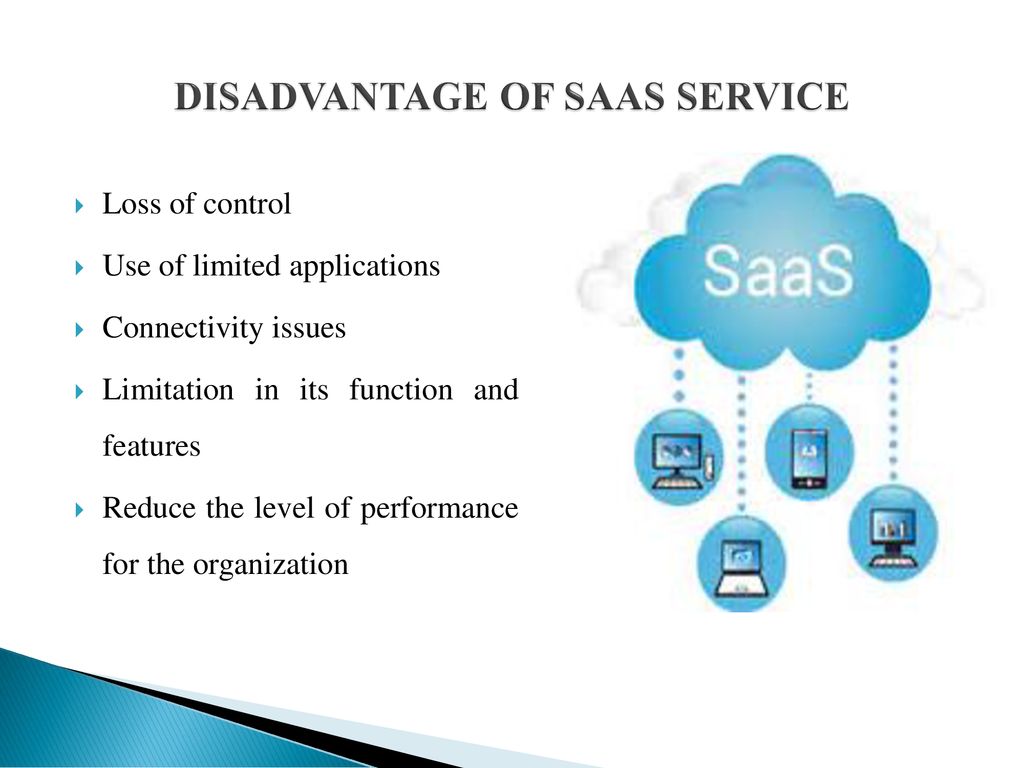
Here are several drawbacks of SaaS development that we’ve listed stay tuned:-
1. Zero Data Security:
One of the main worries for businesses considering a SaaS-based application strategy is this. Before entrusting any third-party service provider with your company’s sensitive data, concerns like identity and access control need to be addressed.
Strict precautions must be taken before any type of sensitive data is disclosed to the service provider, especially when accessed via a mobile device.
2. Difficulty with Law Adherence:
Compliance with data protection laws is challenging when your company’s sensitive information is kept in the service provider’s data center. Your organization will need to become familiar with the regulations that apply to your industry, communicate clearly with your service provider, and deal with any anomalies that may arise.
3. Unwieldy Data Mobility –
There are numerous companies in the software as a service sector, and many of them lack the necessary skills to endure in a climate of intense competition.
Transferring your company’s crucial data from one service provider to another becomes a difficult undertaking in the event of a breakdown or if you decide to switch service providers. Therefore, you must have a prepared evacuation strategy in case such an incident occurs.
4. Performance Issues –
When compared to a similar program operating from your employee’s desktop, a browser-based application running on a faraway data center could perform less well. To counteract this aspect, businesses should thus invest in a swift and dependable internet connection. They should also utilize application performance management tools to track how their SaaS apps are performing over time.
5. Software Integration Issues –
It’s possible that an integration issue will arise with the current internal software when working with an external SaaS service provider to host multiple apps.
It’s possible that the internal APIs and data structures won’t function correctly with the third-party applications. Therefore, for better outcomes, you should always do compatibility tests with all SaaS apps.
6. Confidentiality –
Because the client company’s data is often stored on the provider’s servers, confidentiality issues may arise. One of the main drawbacks, particularly when working with more established organizations, is the possibility of your data being exposed to a public network.
Knowing the accounts that cloud computing offers and making a previous agreement with the service provider outlining all potential outcomes in the case of catastrophes are vital to prevent this.
7. Stability:
An effective internet connection is a must for SaaS, an online service. Thus, connectivity is a drawback because the system won’t function properly without a consistent internet connection. Network issues can result in really frustrating download delays, which can reduce productivity.
8. Security:
Lack of security and transparency is the primary problem keeping some businesses from using SaaS. Certain SaaS owners have some concerns about the practices used, which simply provide a promise that data protection is ingrained in the business.
The vendor’s server contains all of the business-related data. Vendors will therefore have access to sensitive data, raising concerns about confidentiality. Unauthorized entry and identity theft are two of them. The techniques used, which merely provide the promise that data protection is ingrained in the service, have caused several SaaS operators to express some trepidation.
Therefore, firms must enact stringent policies to protect sensitive information from the service provider.
From a Customer’s Point of View
Disadvantages of the SaaS Model
Cloud Security Service as a Ceasing Activity –
In an established market, you typically interact with one of a small number of well-known firms that provide tried-and-true services. There are many businesses competing for customers in the fledgling market of cloud computing.
An unexpected provider shutdown will be more disastrous for your organization the more vital the cloud is to it. The issue of cloud vendor lock-in, where switching from one cloud vendor to another is challenging and expensive, exacerbates this issue.
It’s possible that your cloud service provider will go bankrupt and shut down permanently. Now consider how challenging it would be if the owner of the warehouse declared bankruptcy and you were denied entry to the property. That is what it would be like if your cloud provider suddenly went out of business tomorrow.
Application Support System:
Even though the number of companies using SaaS has grown recently, certain apps continue to exist without a hosted platform. Businesses that use various software solutions face serious issues because of this. Hosting programs locally is the only option in this situation.
Lack of Control:
Lack of control is a key con of using SaaS. Here, unlike in traditional software models, enterprises do not have control over the apps. As a result, organizations must rely on a third party to maintain their most important business apps. Note: The supplier is in charge of the complete management
Internet Connection:
A web-based solution is SaaS. Therefore, SaaS requires a persistent internet connection. Now, if the users live in areas with low network coverage or encounter any problems with their internet services, that is a problem. The users are then unable to utilize the program.
Data Transfer:
Transferring data is currently not an easy procedure and Not all companies offering software services are trustworthy. There may be times when the program has problems and requires a new service provider. To prevent such issues, it is always preferable to keep a data backup as much as feasible.
.png)
Challenges faced by SaaS Entrepreneurs.
Unsurprisingly, the biggest benefit of utilizing SaaS is also the biggest disadvantage—the requirement for an online connection.
It’s advantageous if you have a robust, dependable connection. It is obviously a scam if you lack a reliable connection. This is less of a problem when broadband and high-speed networks, like 5G, become more widely accessible.
But before choosing a SaaS solution, there are a few more possibilities to take into account.
The following issues might also arise:
- Loss of Control: Because the merchant controls everything, you are reliant on their skills.
- Limited Customization: The majority of SaaS products provide very limited vendor customization.
- Slower Speed: Client/server programs may have higher latency than SaaS solutions.
- Security Risks: Even if the SaaS provider protects the application, sensitive data should be handled with extreme caution.
- Out Of Ideas: This is a very common problem that faces by many entrepreneurs, and sometimes all you a brainstorming session. or you if you can looking for some Quick idea then we have:
Software-as-a-Service Example as a Software Service.
- Office 365,
- Google G Suite,
- Dropbox,
- Salesforce,
- SAP Concur,
- Zoom
The Future of Software-as-a-Service.
As businesses create and develop new technologies to meet that need, the use of cloud computing is expected to further accelerate in the coming years.
Some businesses anticipate a resurgence of SaaS technology with a strong emphasis on mobile devices. SaaS models will change along with technology as it develops further. However, the truth is that pre-made and out-of-the-box tools will always have a role in business.
Other businesses are betting on the idea that artificial intelligence (AI) will take over the SaaS industry in sectors including logistics, transportation, and retail.
Overall, SaaS provides a wide range of advantages that are advantageous to both consumers and suppliers. Companies will still want competent IT experts who can assess, evaluate, and create cloud computing solutions that meet their demands both now and in the future.
Check out our other cloud computing resources if you want to learn more about the field or if you just want to expand your knowledge.
Here are some Saas Companies which are doing great.
Our Opinion
Conclusion – SaaS Pros and Cons
The advantages that SaaS may offer are a good reason for its rising popularity. But at the same time, entrepreneurs should keep in mind its disadvantages too as a precaution.
.jpg?width=1920&name=Benefits-of-SaaS-15-May-2%20(1).jpg)
Because “Precaution is better than Cure.”
At the end of this post, we just want to say that we have mentioned all the possibles advantages and disadvantages of Saas, In the Saas Businesses there are lots of possibilities at the same time some risks, if you happy to face these problems then you can manage a good Saas Business.
FAQs –
Some Queries Related To Saas Pros & Cons
What are the 5 Advantages of Saas?
Accessibility, Operational Management, Cost Effective, Scalability, and integration, High Compatibility and Better Collaboration, are five reasons why should go with Saas.
What are the 5 disadvantages on Saas?
Insufficient Data Security, Troublesome Software Integrations, denial of service attacks, account or service hijacking and Difficulty with Regulations Compliance, are some reasons why people do not prefer Saas businesses.
What are some problems that Saas Startup Faces?
The major problems that startup face in Saas business is Lack of Knowledge and Experience, Lack of Network Access, and Lack of Funding or External Capital.
What are the benefits of saas for small businesses?
The main benefits are 1. Reduced or eliminated costs and 2. ] Easy integration and functionality, because of these two you have to choose Saas as a small business.


